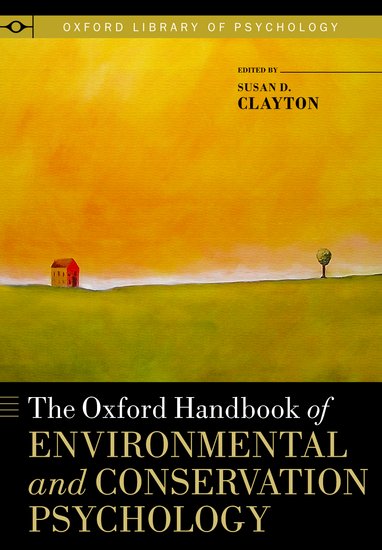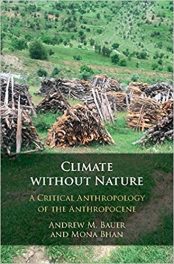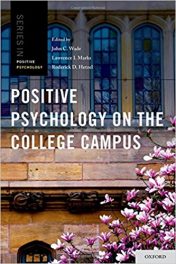Editor: Susan D. Clayton, PhD
Publisher: Oxford University Press – 700 pages
Book Review by: Sonu Chandiram
To many, the term ‘environmental psychology’ is likely very new. So is probably ‘conservation psychology’ but you will be surprised to learn that the former is a well-established field and the latter already has a history, although much more recent.
Environmental psychology studies the ways in which people perceive and respond to the physical environment, whereas conservation psychology is a body of knowledge, derived from psychological research, which focuses on protecting the natural environment. The two fields are interdependent and related, perhaps like young sisters that need each other.
This book is described on the inside front cover flap as “the first comprehensive resource to study these interdependent fields…and it “seeks to map the rapidly growing field of conservation psychology and its relationship to environmental psychology.”
This pioneering book presents, among other valuable items of information, the following:
- Basic research on environmental perceptions, attitudes, and values
- Research on specific environments such as therapeutic settings, schools, and prisons
- Environmental impact on human well-being
- Ways to promote a more sustainable relationship between people and the natural environment
This book provides an extensive review of current research, and so it guides you the student or practitioner of psychology, on the state of knowledge about a range of topics that are at the intersection of psychology and the physical environment. It also aims to provide you some sense of the directions in which these two related fields are heading.
If you are a professional within or outside psychology, this handbook can help you comprehend the human implications of environments, and to assist you in designing programs, policies, and environments that are cognizant of human psychology
This book of 34 chapters has been put together with the writings of 55 specialists working in fields related to conservation, the environment and psychology, and their interaction with one another. Some of these fields are architecture, behavioral sciences, construction, cultural studies, education, design, engineering, geography, planning, psychiatry, and sociology.
The contributors are mainly from around the United States, but also: Australia, Canada, Italy, Finland, France, Germany, Mexico, the Netherlands, New Zealand, Portugal, Turkey, and the United Kingdom.
It is organized around five main Parts:
- Thinking about Environments
- Specific Environments
- Environments and Human Well-Being
- A Sustainable Relationship Between Humans and Nature
- Conclusions: Directions for the Future
This pioneering work on environmental psychology and conservation psychology is the first comprehensive effort to study these interdependent fields, and it will prove to greatly enhance the quality of our lives, by interacting more harmoniously with nature and with our urban and suburban settings. Susan D. Clayton has taken a bold step forward with it to open up new horizons for us.
Susan D. Clayton, PhD is Whitmore-William Professor Psychology at the College of Wooster in Ohio. With a PhD in social psychology from Yale, she is a Fellow of the American Psychological Association and a past president of the Society for Environmental, Population, and Conservation Psychology. Her research addresses the social context surrounding people’s relationship with the natural environment.







